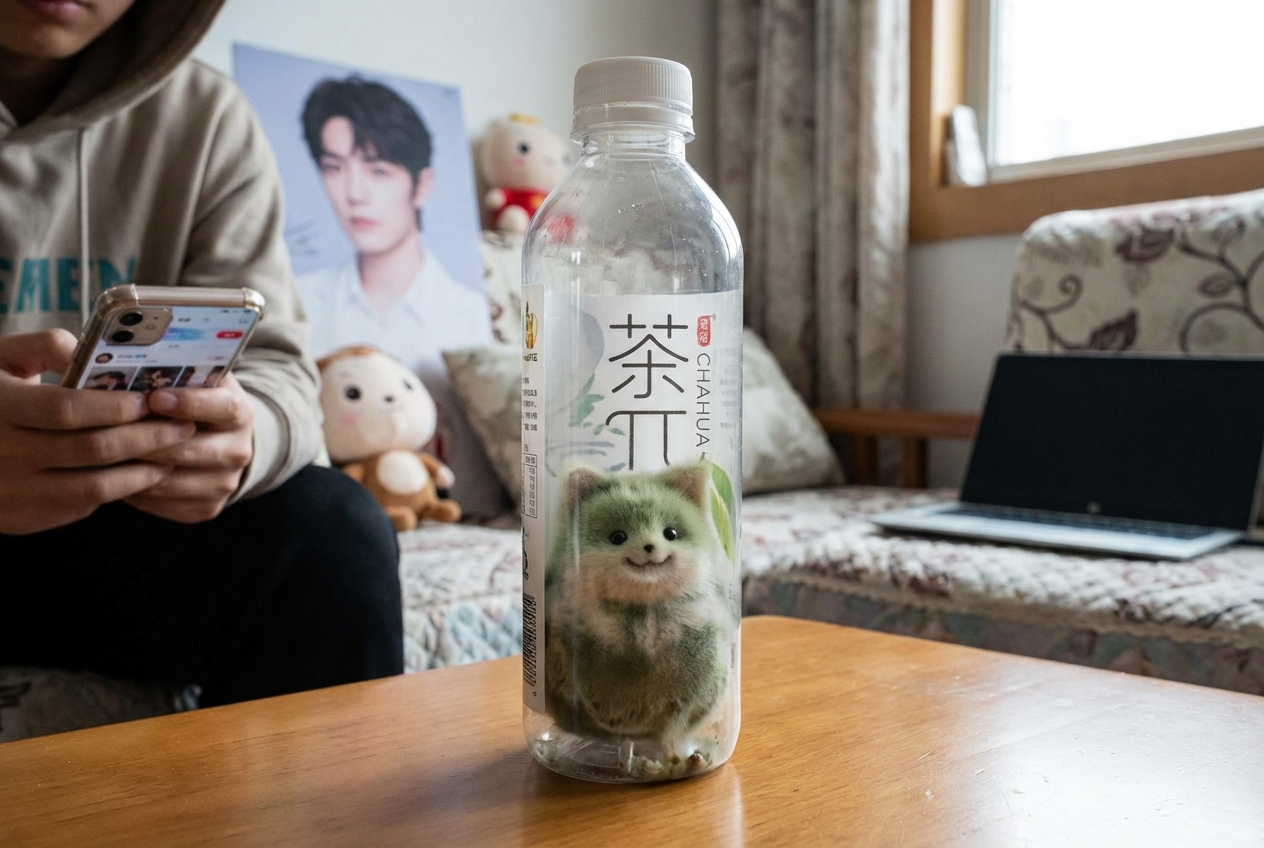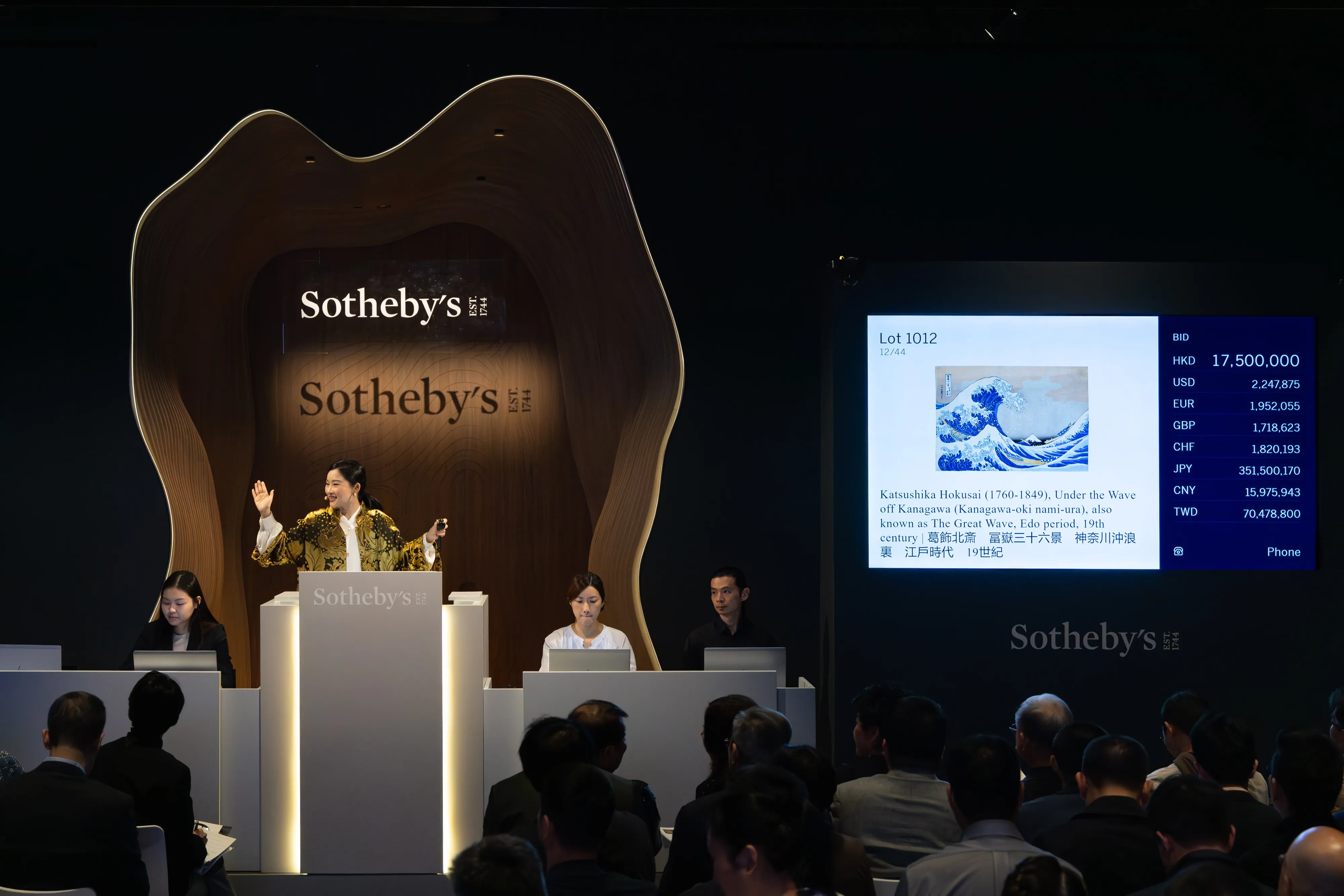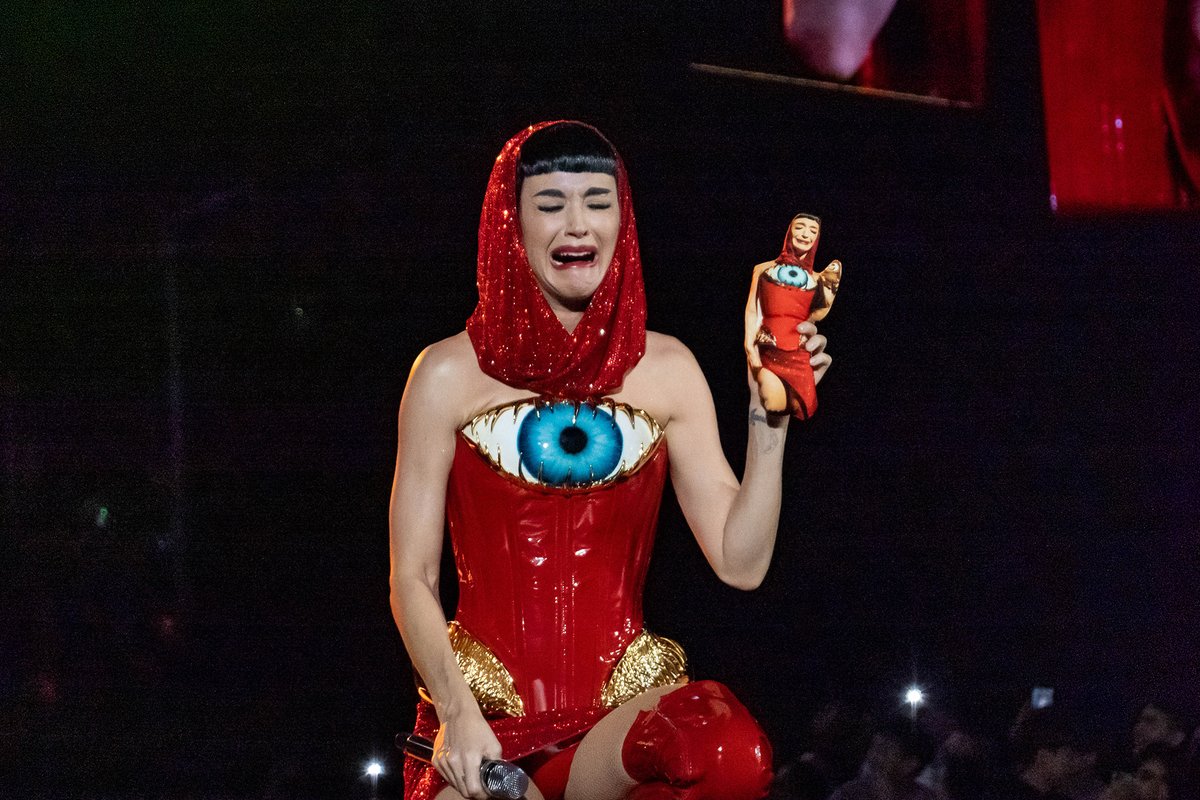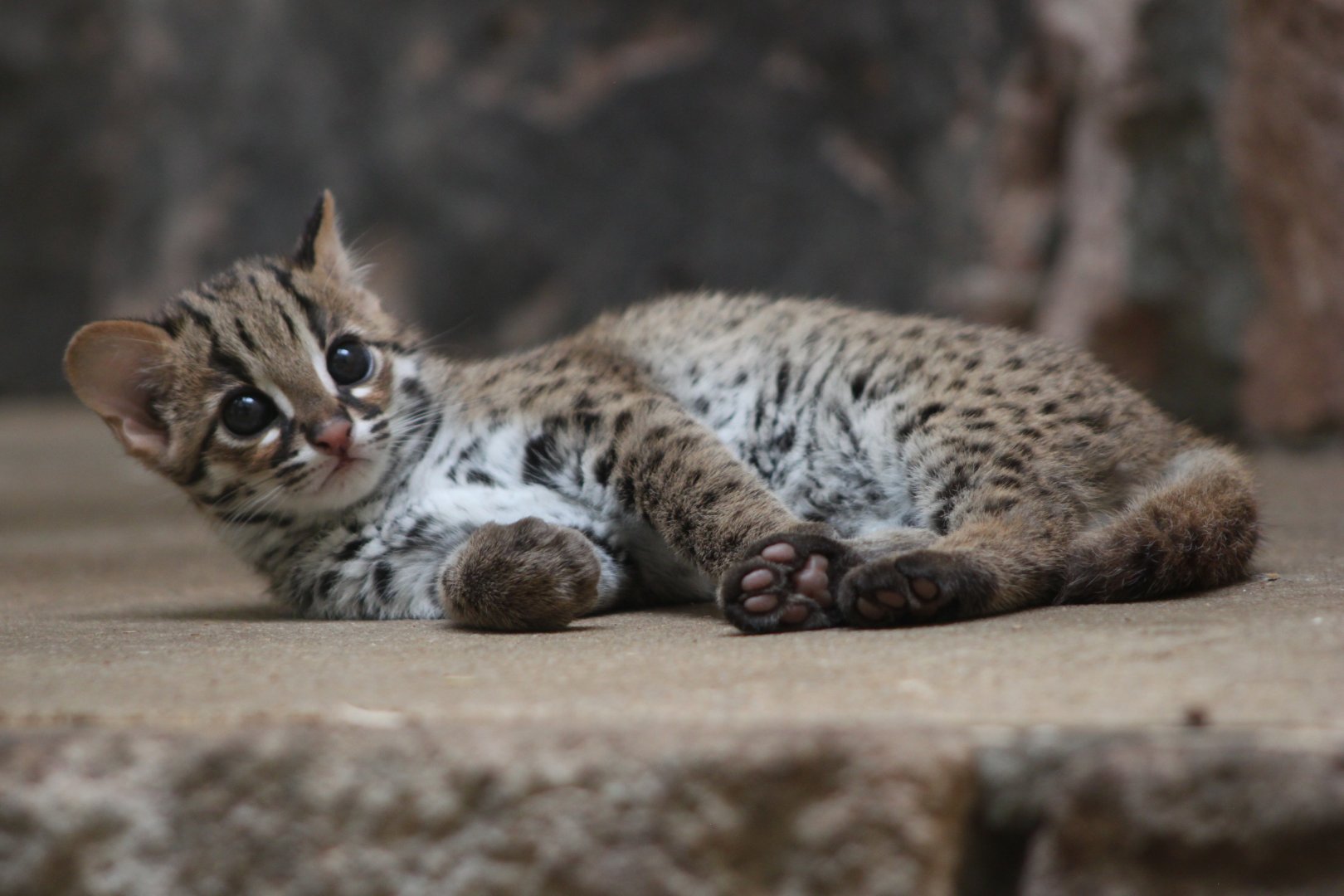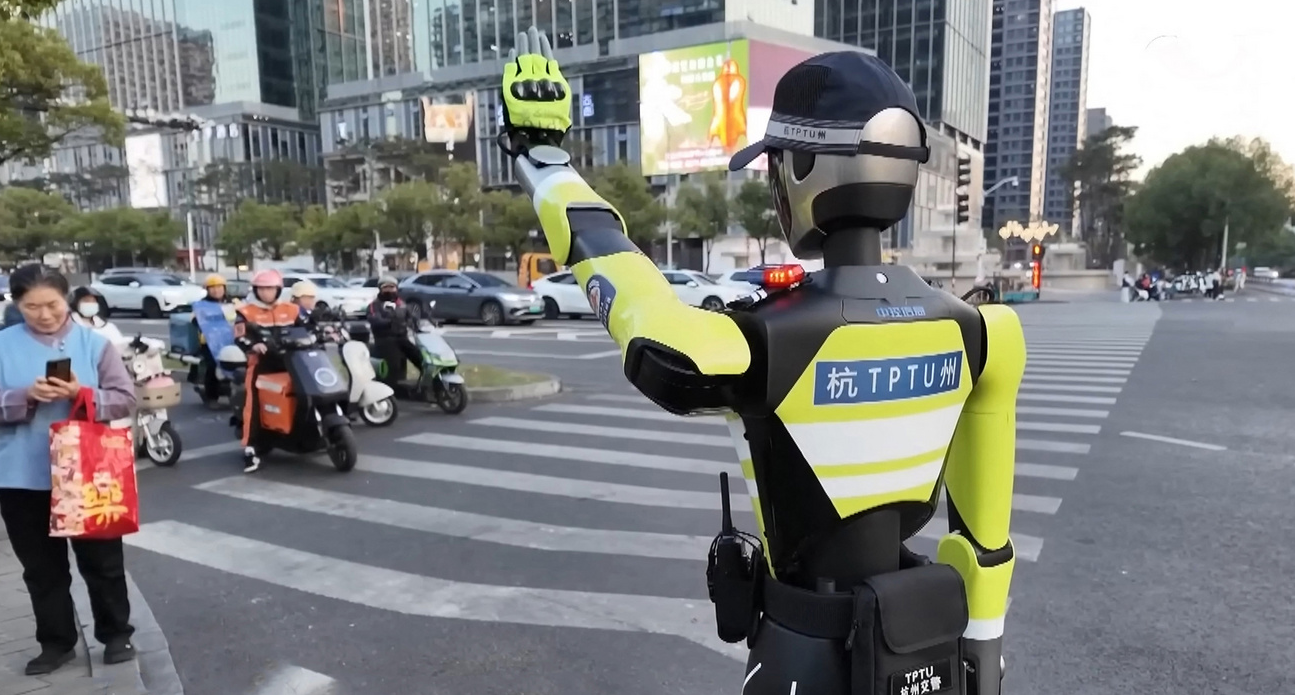A crowded neighborhood that was demolished 30 years ago is currently the hottest topic in Hong Kong. Thanks to the Oscar-nominated film Twilight of the Warriors: Walled In, which has grossed over 900 million HKD (around 116 million USD) so far, Kowloon Walled City is back in the spotlight. The excitement is palpable, with life-size replicas of iconic spots once housed in the area, like hair salons and cha chaan tengs, now featured in the city’s airport. The Walled City’s aesthetic has even inspired a wave of ads, including Uber Hong Kong commercials starring one of the film’s protagonists, Louis Koo Tin-lok.
Kowloon Walled City was a densely populated settlement that originated as an Imperial Chinese military fort and became notorious for its ostensibly lawless, ungoverned condition during the British colonial period. It housed around 35,000 residents at its peak, in living conditions that were often cramped and unhygienic, ultimately leading to its demolition between 1993 and 1994.
But what was it really like to live in this dense urban enclave?
RADII chatted with renowned Canadian photographer Greg Girard, whose stunning images from the late 1980s and early 1990s offer an unfiltered snapshot into the lives of those who called this generally misunderstood place home.
During the mid-1980s, before the age of the internet made information readily accessible, Girard stumbled upon the enigmatic Walled City, a place that was shrouded in mystery and intrigue. While photographing near Kai Tak Airport, he was captivated by the low-flying planes that would make their final approach over the rooftops of nearby buildings. One night, he turned a corner and discovered that he had stumbled into the Walled City — a labyrinth of narrow dark alleyways and densely packed structures. In stark contrast, the surrounding area of Kowloon City sprawled with its orderly new buildings and wider streets.
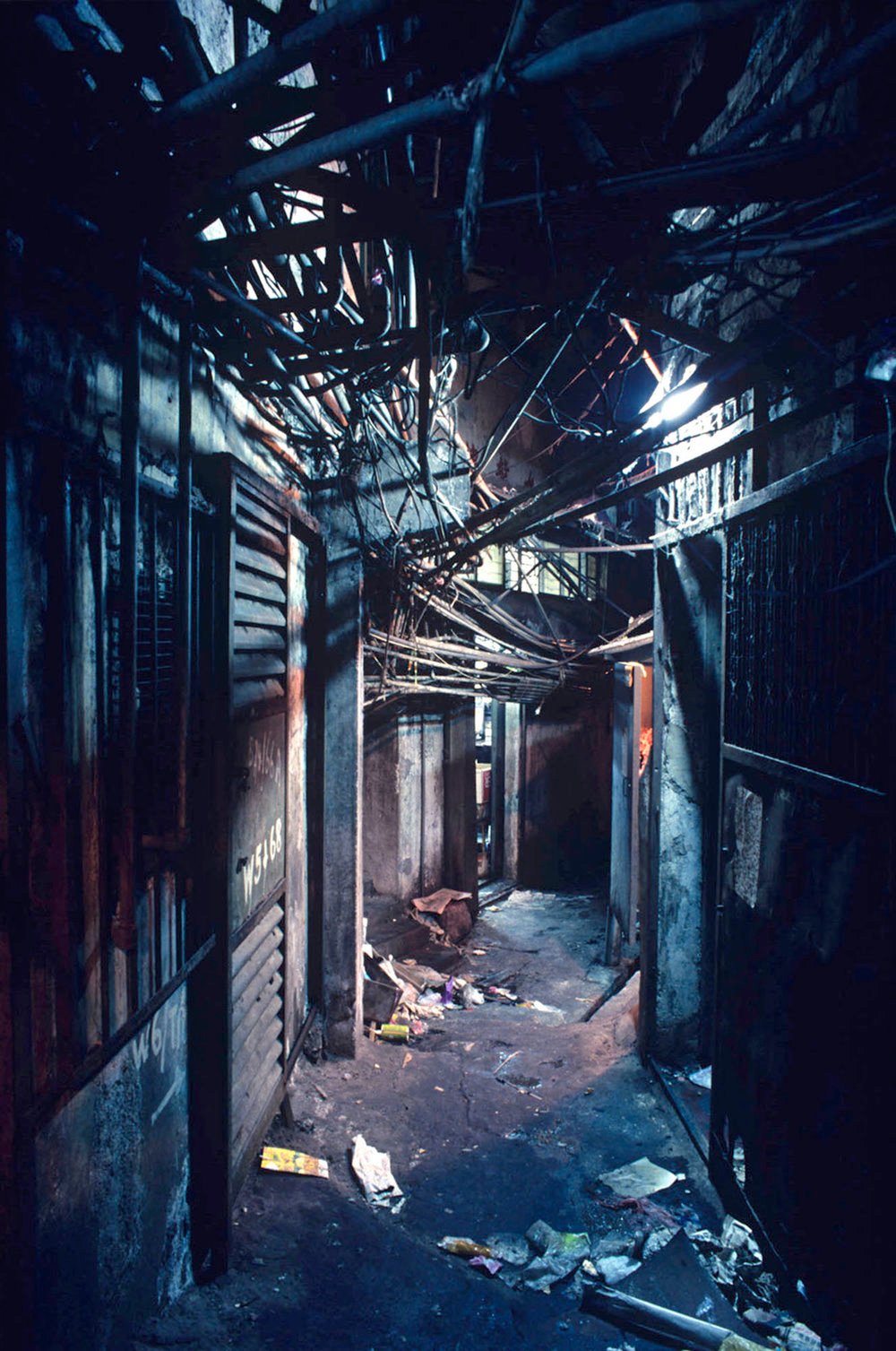
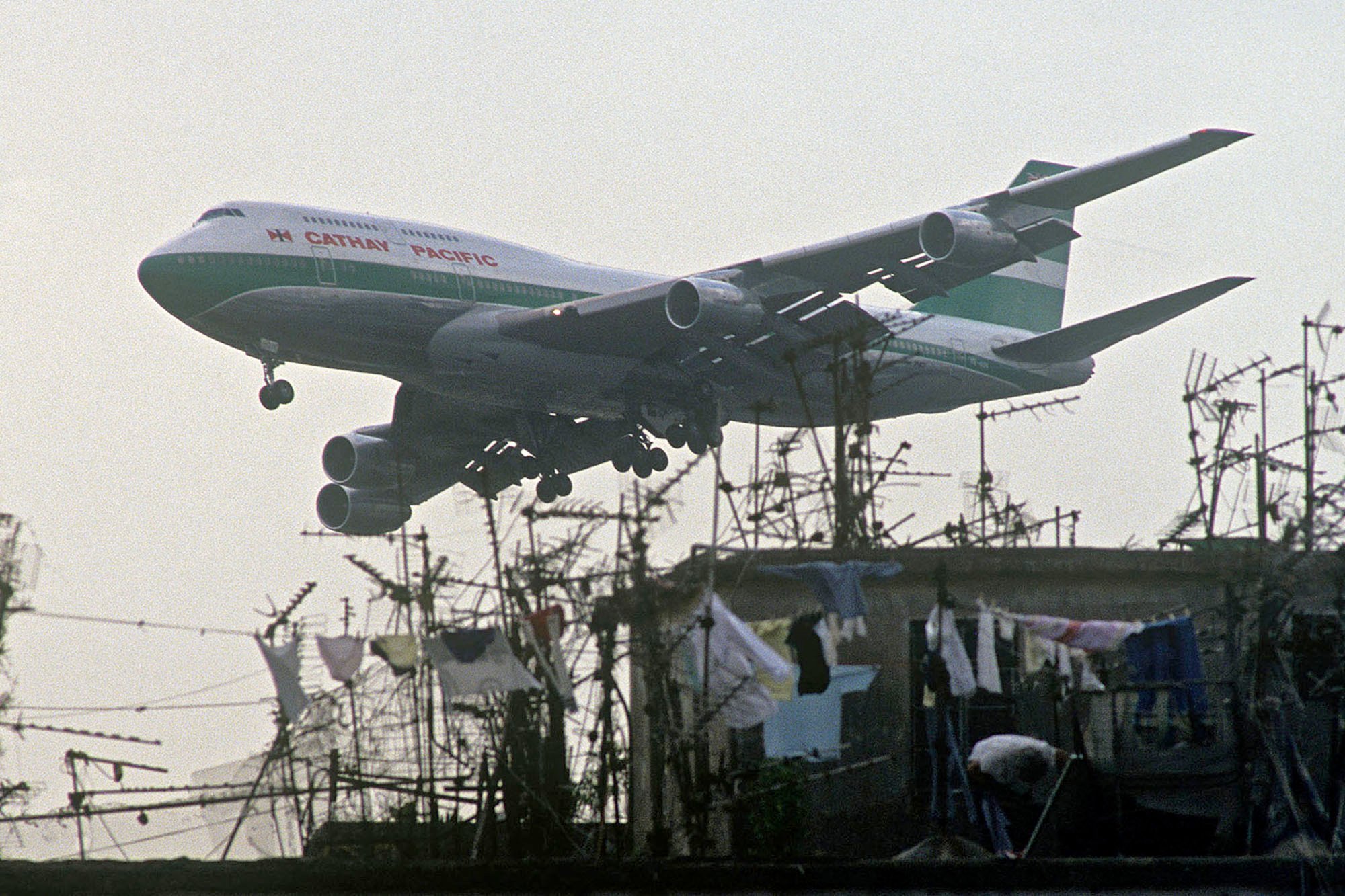
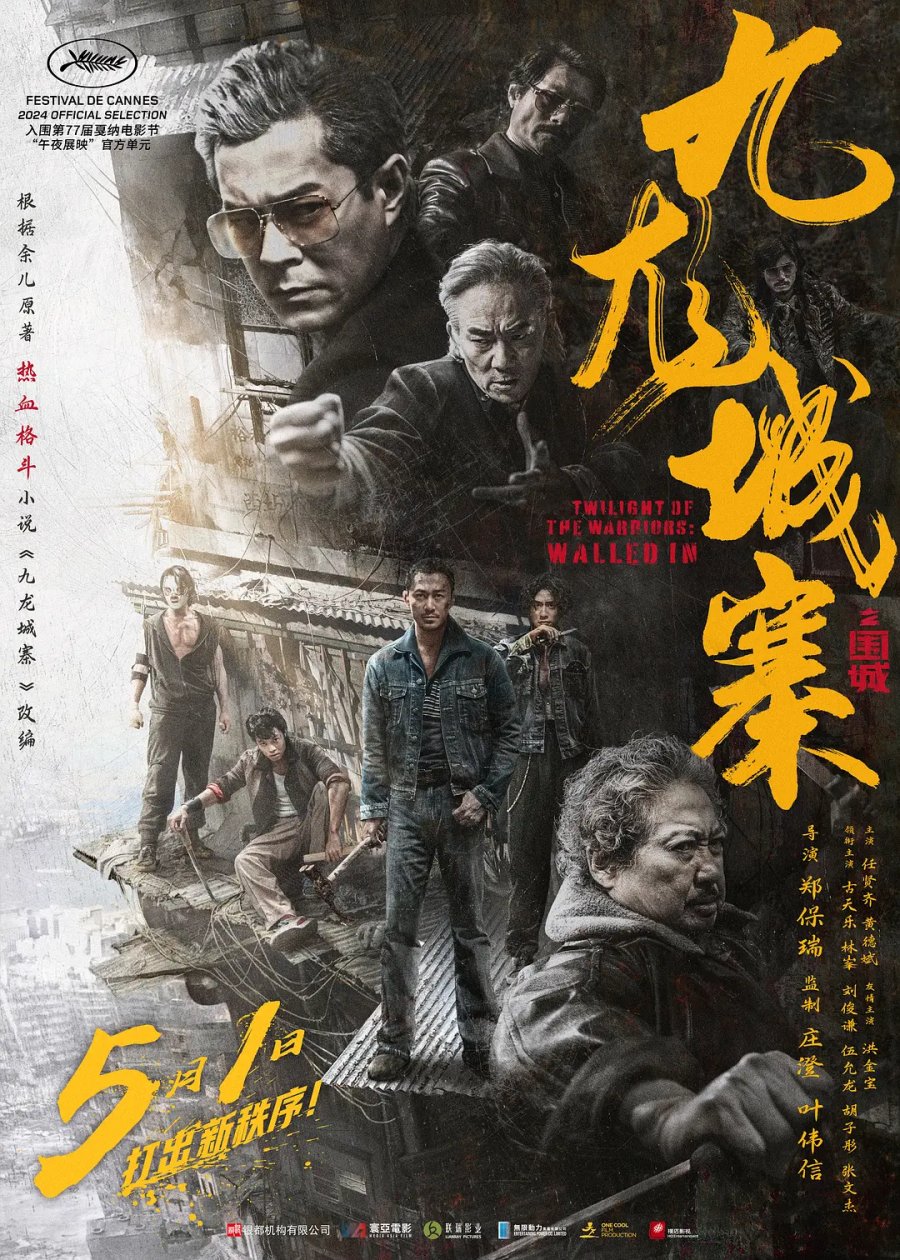
Reflecting on his first encounter with Kowloon Walled City, the photographer highlighted the stark contrast between Tokyo and Hong Kong in the early 1980s. While Tokyo was a vibrant and cosmopolitan metropolis, Hong Kong was still navigating its path toward modernization and had a less developed urban landscape.
He recalls a sense of disconnection in Hong Kong, which was not yet the modern metropolis it would soon become. As Lui Tai-lok, honorary professor in sociology at Hong Kong Baptist University, points out in the photography book City of Darkness Revisited (featuring shots by Girard and fellow photographer Ian Lambot), Kowloon Walled City was “triply neglected by London, Beijing, and Hong Kong itself.” Forced to become a self-sustaining microcosm, the Walled City developed a unique identity, a testament to resilience in the face of abandonment.
Despite initial hostility from locals toward outsiders — not least of all photographers — Girard persevered, driven by a desire to capture the authentic essence of life within the Walled City. Rather than showing its appearance in a gritty manner, he aimed to portray a more neutral perspective, illuminating the humanity of its residents through well-lit portraits and thoughtful compositions.
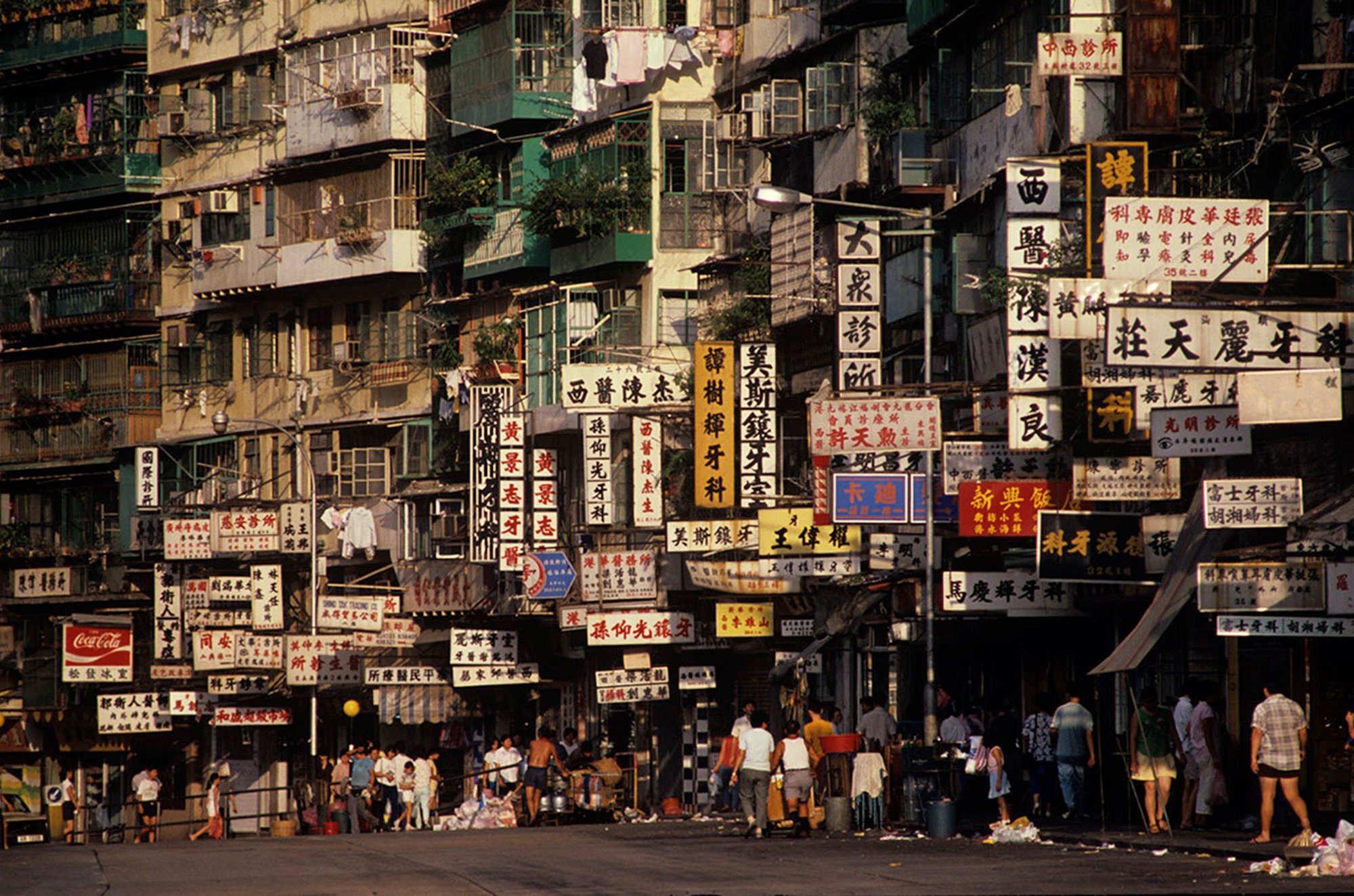
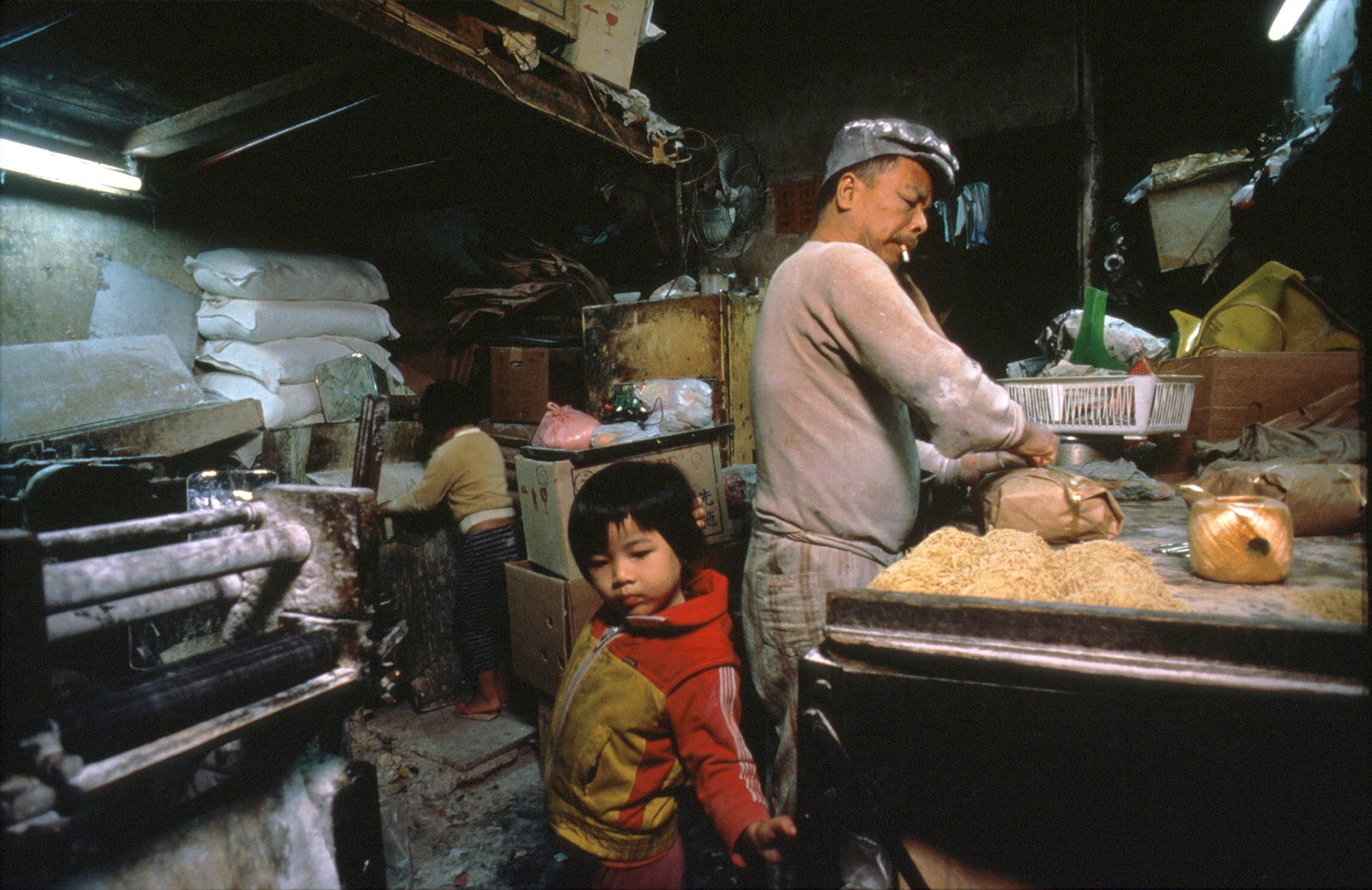
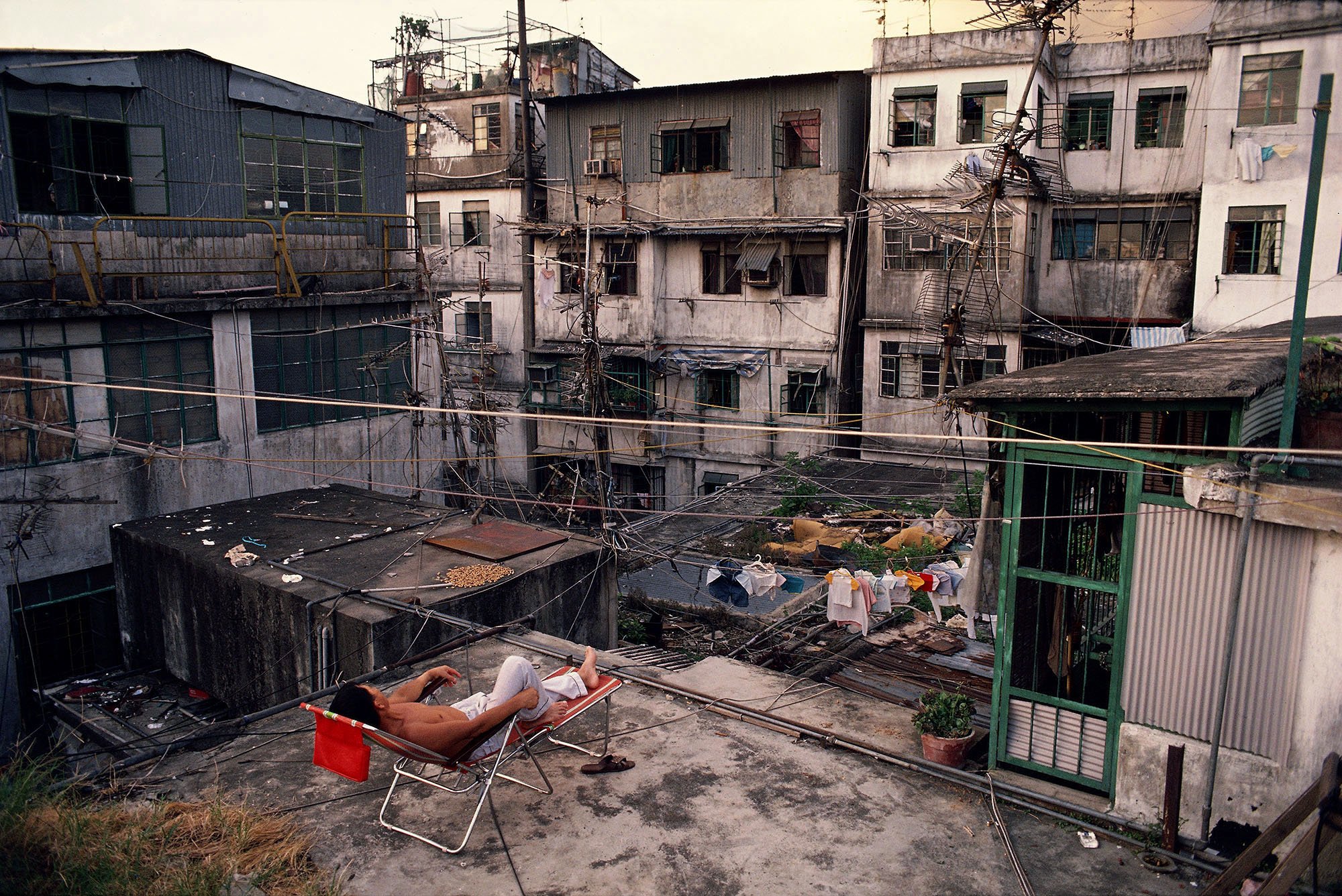
He explored the unique structures and microcosms of daily life, challenging preconceived notions of the Walled City as merely a crime-ridden slum. “I wanted to show the way it was,” he explained intently in his dimly lit studio, emphasizing his commitment to authenticity in his work.
Inside the Kowloon Walled City, life was often misconceived as chaotic and dangerous, but Girard discovered a different reality. Officially beginning his documentation in 1987, he found that the Walled City resembled any other working-class neighborhood in Hong Kong.
“By the late 1980s, it was probably safer than many housing estates,” he recalls. The notorious reputation for crime, while rooted in some truth, was largely exaggerated. Over time, as the Walled City evolved, its image as a lawless enclave became a stubborn myth, overshadowing the tight-knit community that thrived there.
Girard emphasized that the Walled City functioned more like a village, where residents knew each other and lived side by side. The community consisted of a wide range of people, from unlicensed doctors to sex workers and opium addicts. This multifaceted society shaped the community’s complicated reputation. It was this unique blend of community spirit and urban grit that Girard sought to capture through his camera lens.
One of Girard’s most memorable moments documenting the neighborhood came when he spotted a Cathay Pacific stewardess emerging from a taxi at the Walled City’s edge. Intrigued, he raced to try and capture an image of this urban dweller navigating the maze of alleyways in her red uniform. “It would have been an amazing shot,” he reflected, smiling at the thought of that fleeting moment. Looking back, this missed encounter exemplified the surprising stories and lives interwoven within the Walled City, illustrating that it was not just a backdrop for criminal activity but a vibrant community filled with diverse individuals — each with their own story.
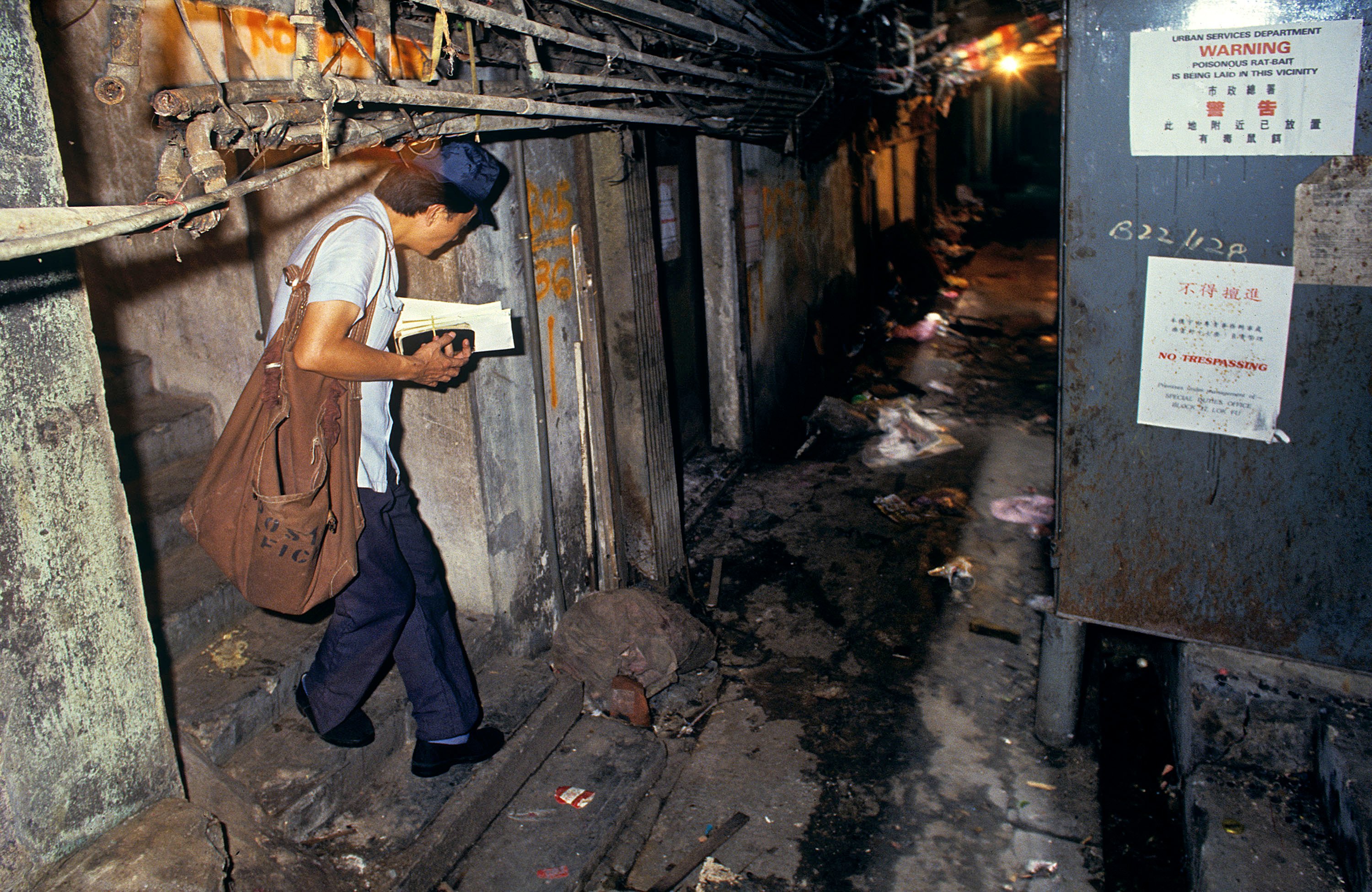
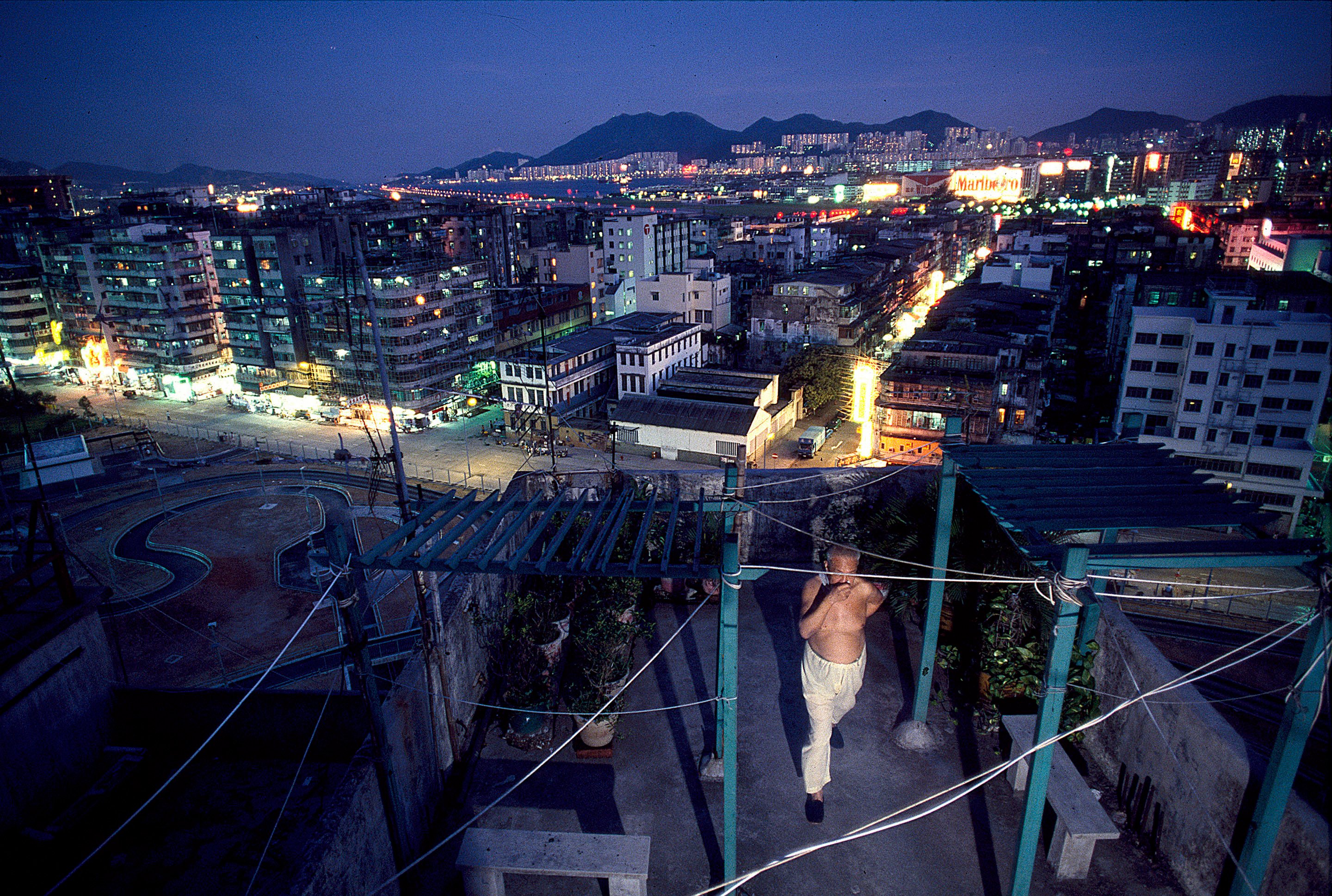
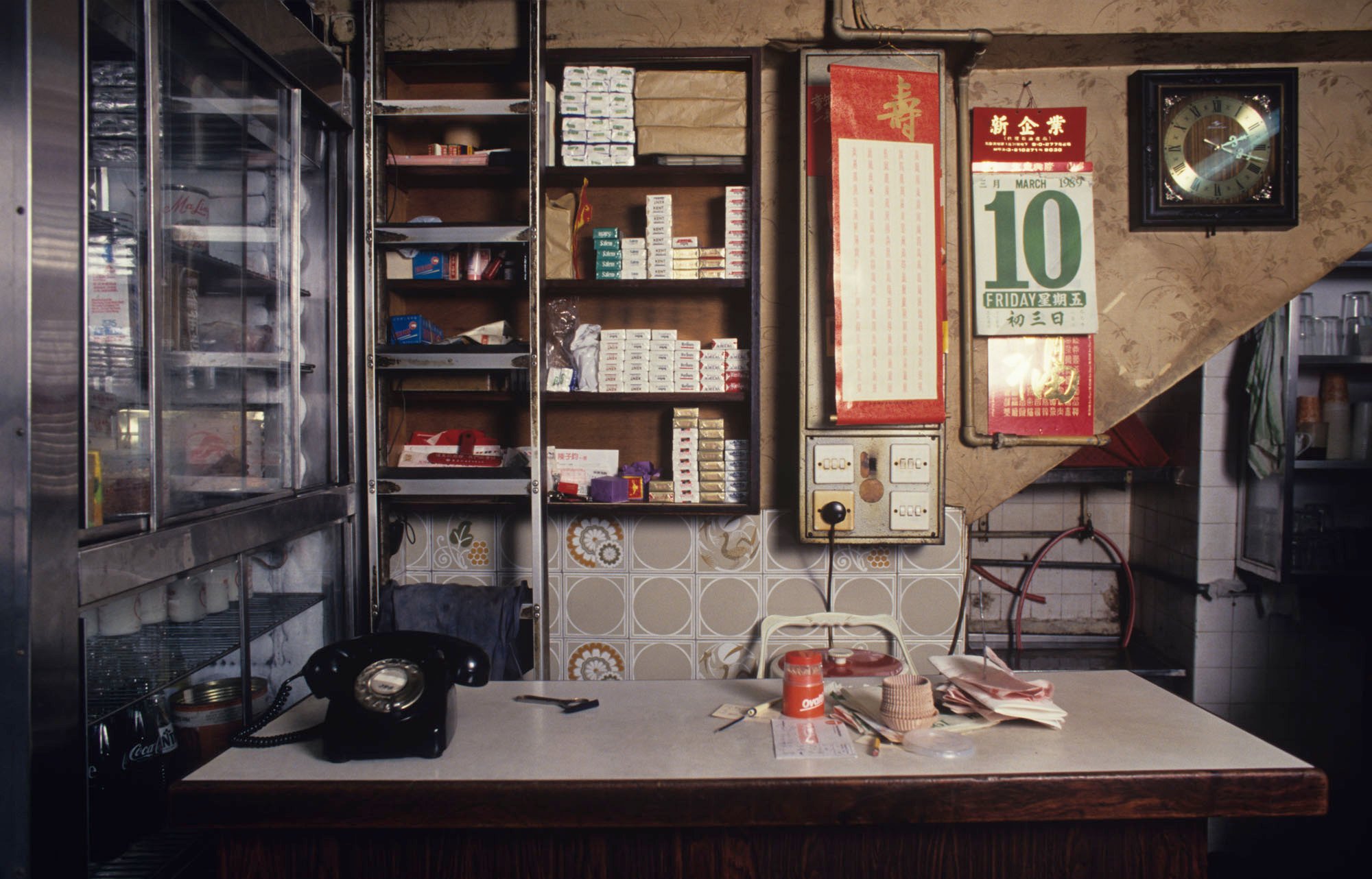
With the recent buzz surrounding Twilight of the Warriors: Walled In, Girard is reminded of how popular culture often distorts the truth. While the film captures the essence of the Walled City, it simplifies a complex reality into a comic book-like story of gangs.
In contrast, the photographer’s work offers a richer narrative, highlighting the resilience and spirit of the people who lived there. Girard noted that the visual aesthetic of the Walled City has influenced not simply other recent films like Lucy, but also video games such as Call Of Duty: Black Ops. “It’s interesting how a place can become better known after it’s gone,” he mused, urging young readers to seek out the real stories behind the myths.
The esteemed photographer also has valuable lessons for young creatives. He stresses the importance of documenting the present, reminding us that these realities which gradually turn into memories, can often become distorted. “The myth becomes more powerful than the truth,” he explained.
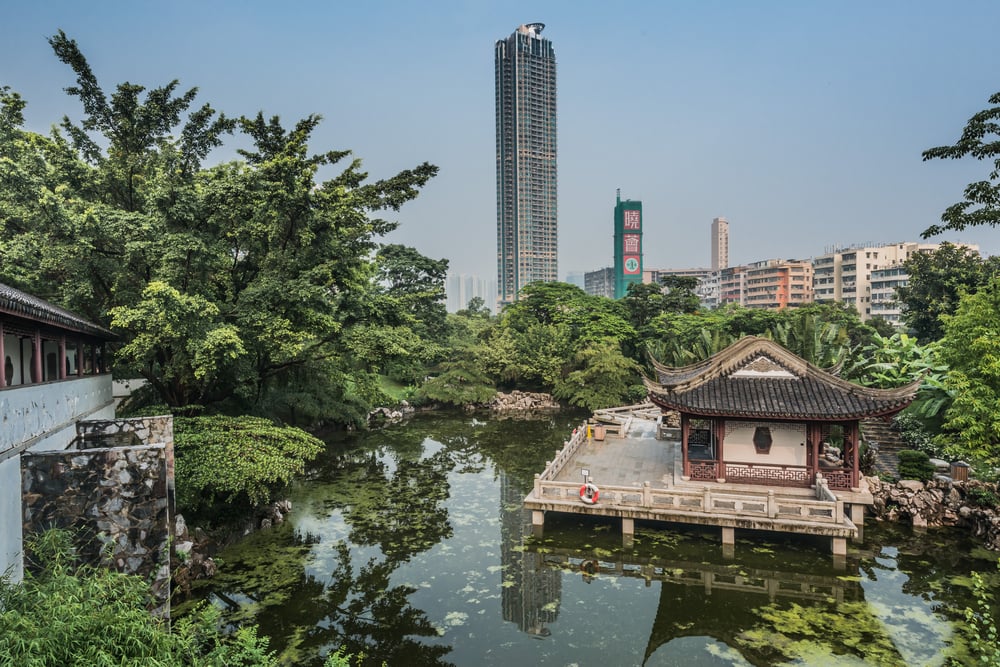
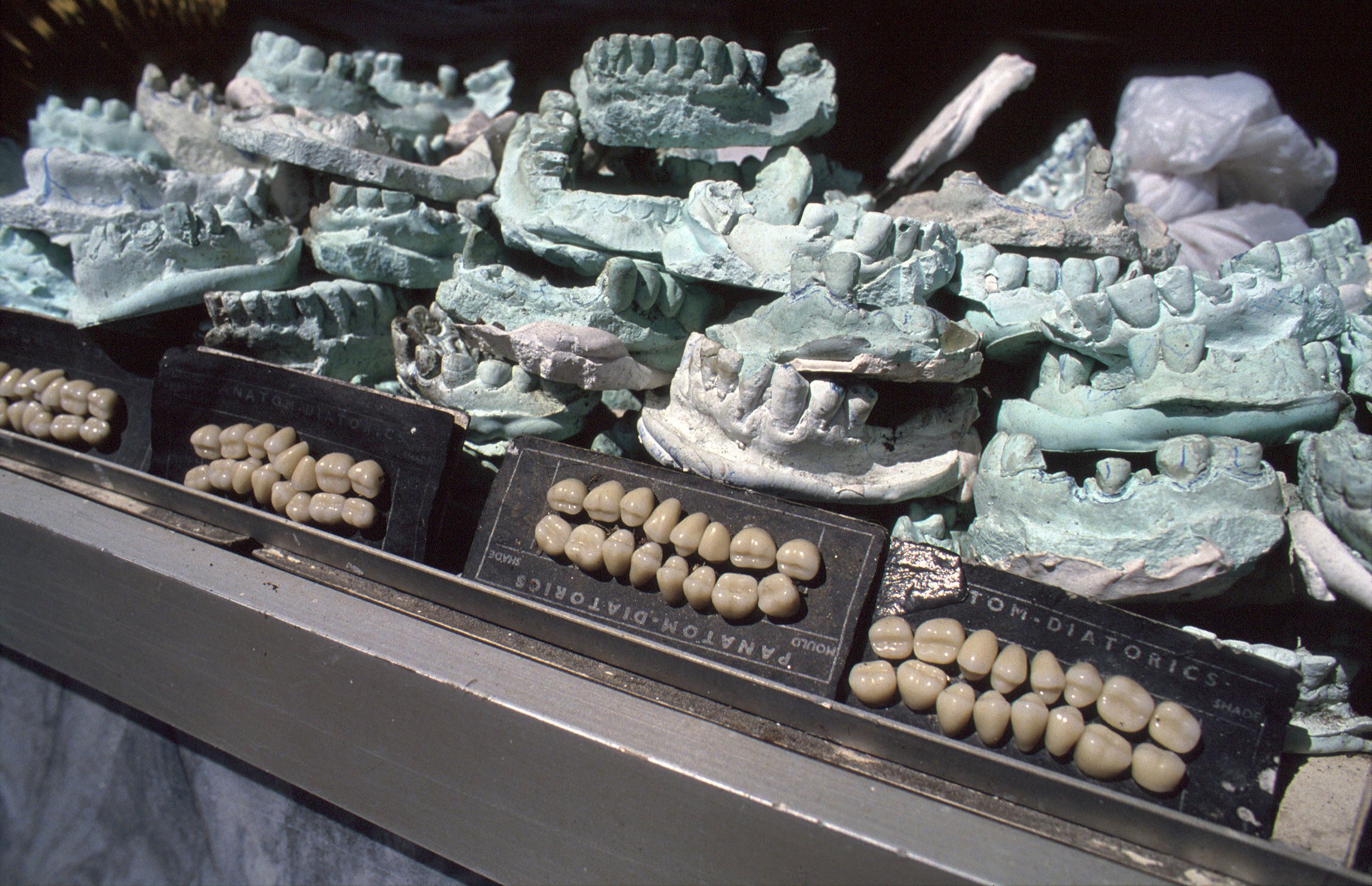
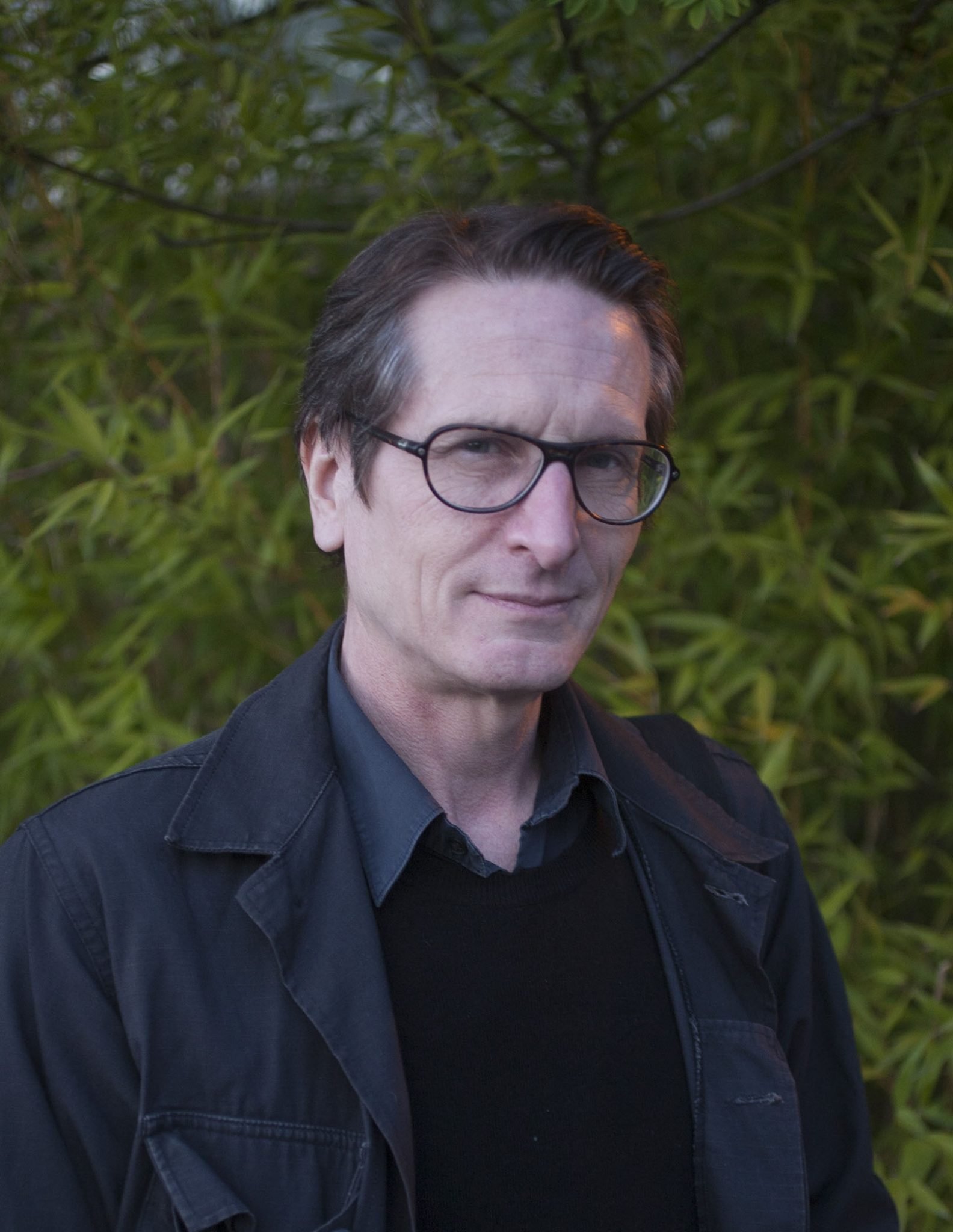
Girard also highlights the impact of social media on photography, noting that today’s fast-paced landscape can create pressure for quick results. “To do something well or thoroughly can often take time. So given how quickly social media acts and reacts, that can run counter to what’s necessary to get to know a subject and do a project,” he emphasized.
Instead, he encourages aspiring photographers not to shy away from asking questions and engaging with their subjects. “Photography is about demonstrating your interest and care,” he explained, emphasizing the importance of embracing uncertainty and allowing time during the creative process.
The role of technology is increasingly prevalent in our daily lives, shaping how creatives can develop their crafts and learn about the rich histories of places. Girard asserts that, although Artificial Intelligence (AI) can support photographers, it cannot replace the human touch. Photography, he believes, thrives on creatives showing up at locations themselves, and seeking from consent from the individuals who are the subjects of their images.
This human connection empowers photographers to capture authentic moments that technology has yet to replicate. Ultimately, Girard encourages young creatives to immerse themselves in their surroundings and engage with stories of places. Long-term, considered exploration of misunderstood communities like Kowloon Walled City can foster deeper connections, further enhancing the significance of their work.
Banner image of the Kowloon Walled City by Greg Girard, 1987.
